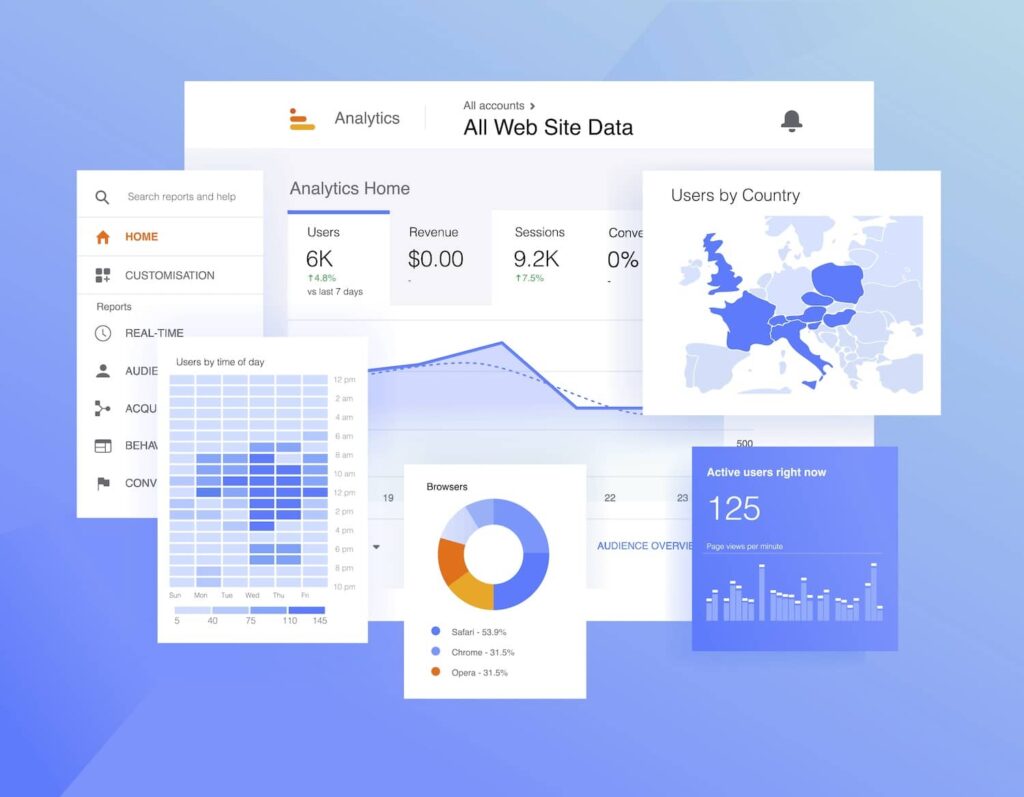Revealing the Impact of Additional Measurement in Google Analytics on Information Evaluation and Insights
In the world of data analytics, the application of secondary dimensions within Google Analytics has arised as a critical device for removing deeper understandings and unraveling complicated patterns that could or else continue to be obscured. By peeling back the layers of key data sets, secondary measurements supply a nuanced point of view that enriches the understanding of customer actions, web site performance, and the performance of advertising and marketing methods.
Checking Out the Idea of Additional Dimensions
Additional measurements in Google Analytics give added insights by permitting customers to evaluate key data in conjunction with an additional feature. This feature allows a more comprehensive understanding of the primary data by including another layer of information for evaluation. By integrating second measurements, users can dig deeper right into the information and uncover useful connections that may or else go unnoticed. For example, by coupling the key data of internet site traffic with secondary dimensions like demographics or actions, marketers can get a much more extensive view of their audience and customize their strategies accordingly.
By checking out the numerous additional dimensions offered in Google Analytics, individuals can unlock brand-new understandings and enhance their digital advertising initiatives. In significance, secondary measurements offer as a powerful tool for improving information analysis and driving actionable outcomes.
Enhancing Data Interpretation With Second Measurements
Having actually developed the fundamental understanding of secondary measurements in Google Analytics and their crucial role in data analysis, the focus now changes in the direction of leveraging these second credit to enhance the interpretation of analytics information (what is a secondary dimension in google analytics). By integrating second measurements right into data analysis, experts can gain deeper understandings right into user behavior, website efficiency, and marketing effectiveness

Moreover, second measurements assist in contextualizing key data metrics by supplying extra layers of information. This contextualization help in recognizing the 'why' behind the information trends, assisting analysts make informed choices and optimizations to improve general performance. Eventually, integrating second measurements improves the information interpretation process, leading to even more significant insights and critical actions.
Uncovering Hidden Insights With Secondary Measurements
Exploring the depths of analytics data with additional measurements exposes beneficial understandings that would or else stay obscured. By integrating second dimensions in Google Analytics, organizations can uncover concealed patterns, patterns, and connections that offer an even more detailed understanding of customer behavior and web site performance. These extra layers of information allow analysts to dig much deeper into the key measurements, such as traffic resources or touchdown pages, and obtain an extra nuanced point of view on just how different variables communicate with each various other.
With using additional measurements, experts can segment and contrast information throughout various dimensions, enabling them to determine certain factors that affect customer engagement, conversion prices, and overall success metrics. By combining the main measurement of 'device group' with the second dimension of 'age group,' marketers can identify which age demographics prefer accessing the site through mobile devices versus desktops. This level of granularity encourages businesses to make data-driven decisions and enhance their techniques for far better results. Ultimately, revealing concealed insights through secondary measurements improves the deepness and accuracy of information analysis, bring about even more educated decision-making and enhanced performance end results.
Leveraging Secondary Measurements for Actionable Analytics
Building upon the understandings unveiled through second dimensions in Google Analytics, organizations can currently harness this enriched data landscape to drive actionable analytics and calculated decision-making. By leveraging secondary measurements, companies can dive deeper right into site here their data to draw out important patterns, trends, and relationships that might have formerly gone unnoticed. This deeper degree of analysis allows services to obtain a much more extensive understanding of customer actions, campaign performance, and total internet site performance.
One secret benefit of utilizing second dimensions for workable analytics is the ability to segment data based on details criteria. This division permits organizations to tailor their approaches and campaigns to different target market teams, leading to much more targeted and effective marketing initiatives - what is a secondary dimension in google analytics. Furthermore, second measurements give an even more all natural view of customer interactions, enabling companies to enhance their site material, style, and general user experience
Taking Full Advantage Of Decision-Making With Secondary Measurements
To enhance strategic decision-making in analytics, leveraging secondary dimensions in Google Analytics can supply a more nuanced point of view on individual actions and project performance. By including additional measurements into data evaluation, businesses can dive deeper right into the specifics of their website site visitors' his explanation communications and interaction patterns. This extra layer of information enables a more comprehensive understanding of exactly how various variables, such as demographics, devices, or traffic resources, impact vital efficiency indicators.

Conclusion
Finally, using second dimensions in Google Analytics plays a crucial duty in enhancing information analysis and discovering hidden understandings. By exploring this principle, one can acquire a deeper understanding of customer habits and make educated decisions based on workable analytics. Leveraging secondary measurements enables for a much more extensive analysis of data and makes best use of the performance of decision-making procedures.
